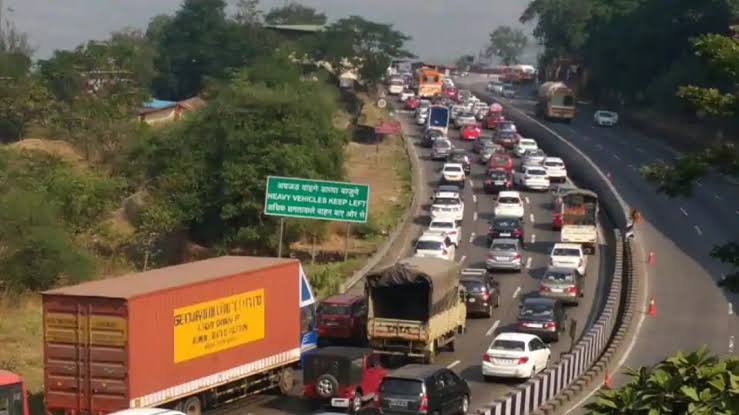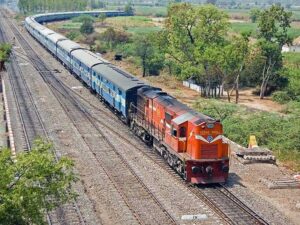Planning for 2047: Mumbai – Pune Connectivity

Amit Paranjape
Pune, 17th December 2023: The Mumbai Pune Expressway, a vital infrastructure link constructed 25 years ago, has played a crucial role in fostering economic development in the region. However, it is currently grappling with peak capacity challenges at several bottlenecks. The Mumbai Pune rail link, configured with only 2 tracks, has surpassed its operational limit during peak hours over a decade ago.
While the Bhor Ghat bypass (‘Missing Link’) and the proposed 8-laning of the expressway aim to alleviate congestion in the short to medium term, the need for a comprehensive long-term plan for this critical corridor is imperative.
As of now, there are no concrete plans in place to enhance road and rail connectivity between the Mumbai-Pune region. With a burgeoning population exceeding 35 million in the combined metro region (MMRDA + PMRDA), it stands as the largest economic zone in the country.
For the next 30 years, the region urgently requires:
1. An alternative expressway corridor linking the two cities, possibly extending south of the current alignment through Mulshi and connecting to the proposed Mumbai-Goa expressway.
2. The expansion of the current rail track corridor from 2 to 4 tracks, covering Kalyan-Karjat-Pune and Kurla-Panvel-Karjat-Pune.
3. A dedicated intercity (RRTS) rail corridor connecting Pune and Mumbai, facilitating semi-high-speed trains running at intervals of 30-60 minutes.
4. The extension of the Ahmedabad-Mumbai High-Speed Rail (bullet train) to Panvel and Pune.
5. The establishment of a new Pune Airport, a long-pending requirement for Pune. This is also crucial to alleviate the strain on the Navi Mumbai Airport due to the increasing load on the Pune region.
As the Mumbai-Pune region continues to evolve and expand, these strategic infrastructure developments are essential to ensure sustainable growth, efficient transportation, and improved connectivity for the years leading up to 2047.
(About the author: Amit Paranjape is a Technology Entrepreneur, with many diverse interests across various fields.)








